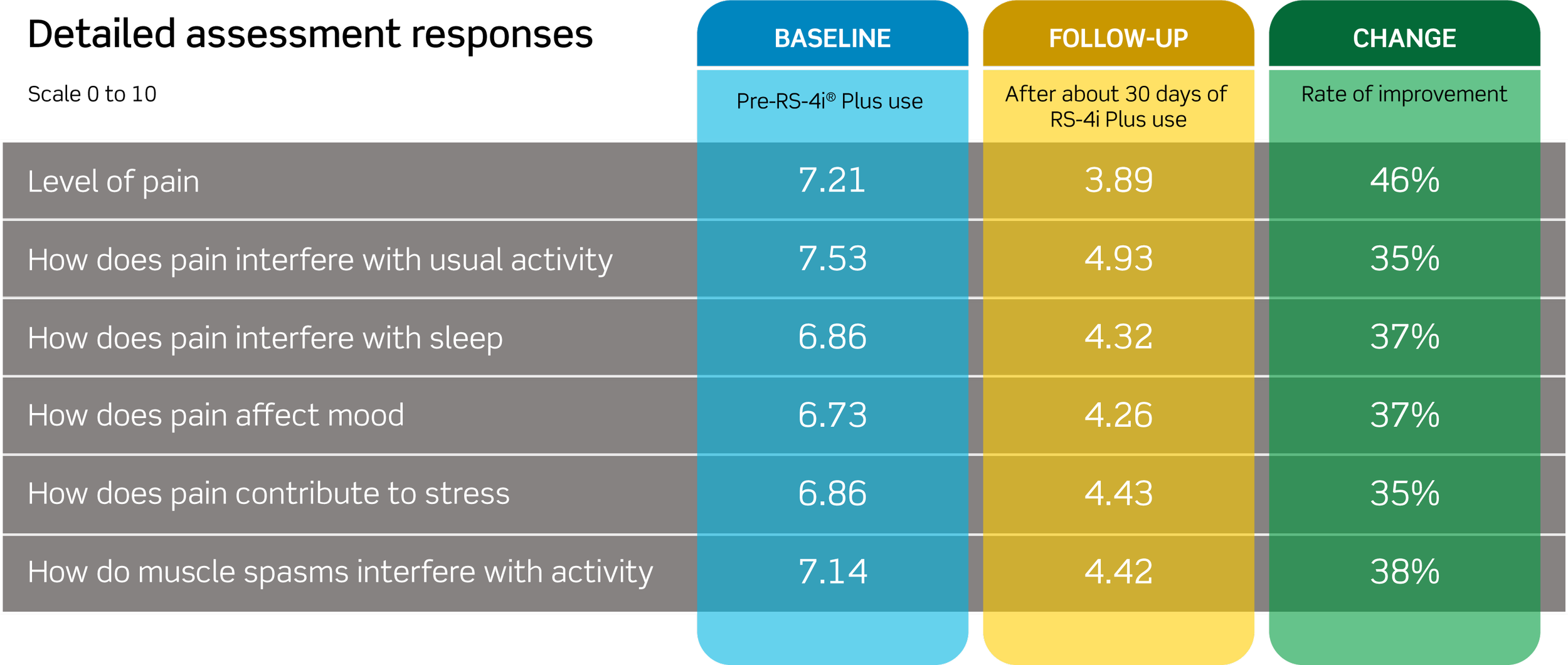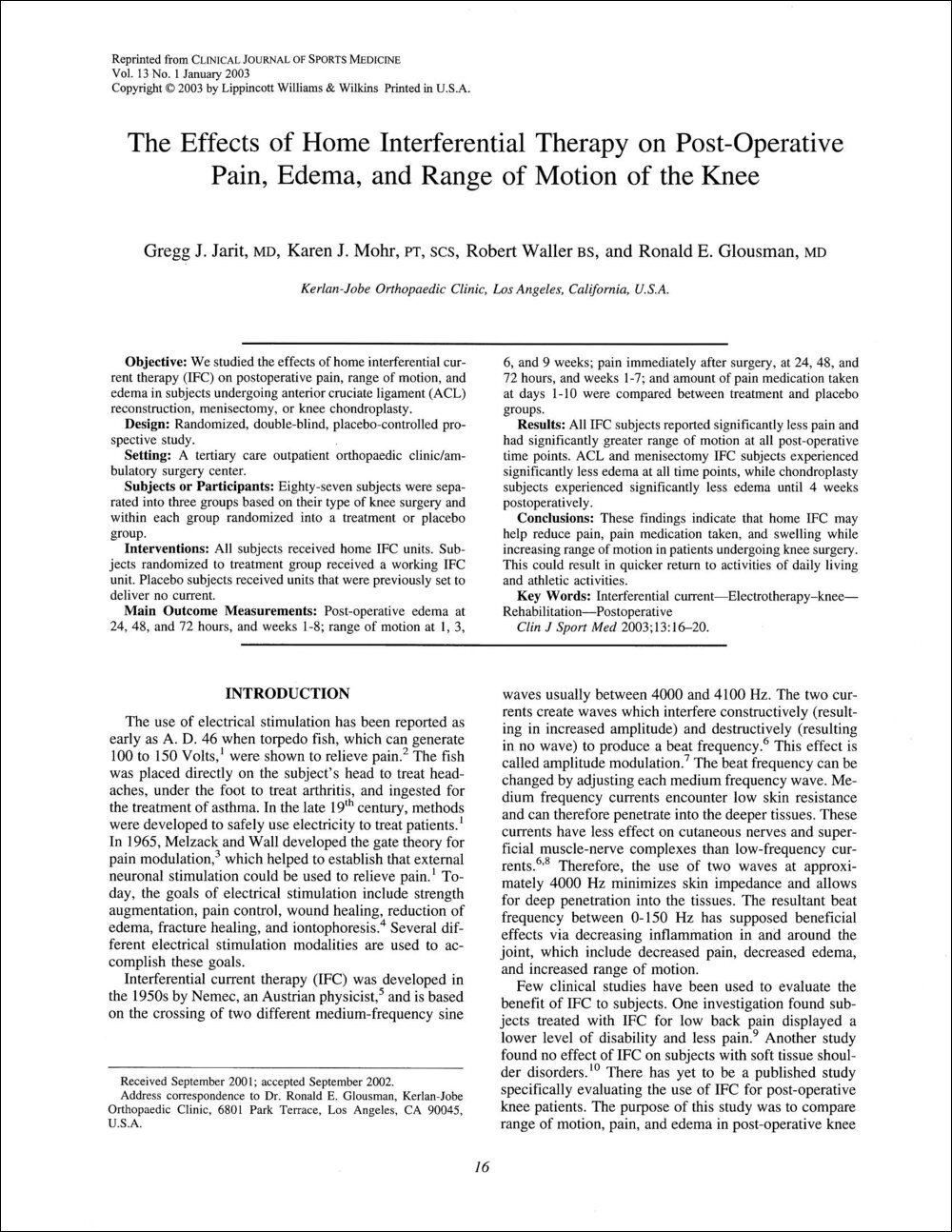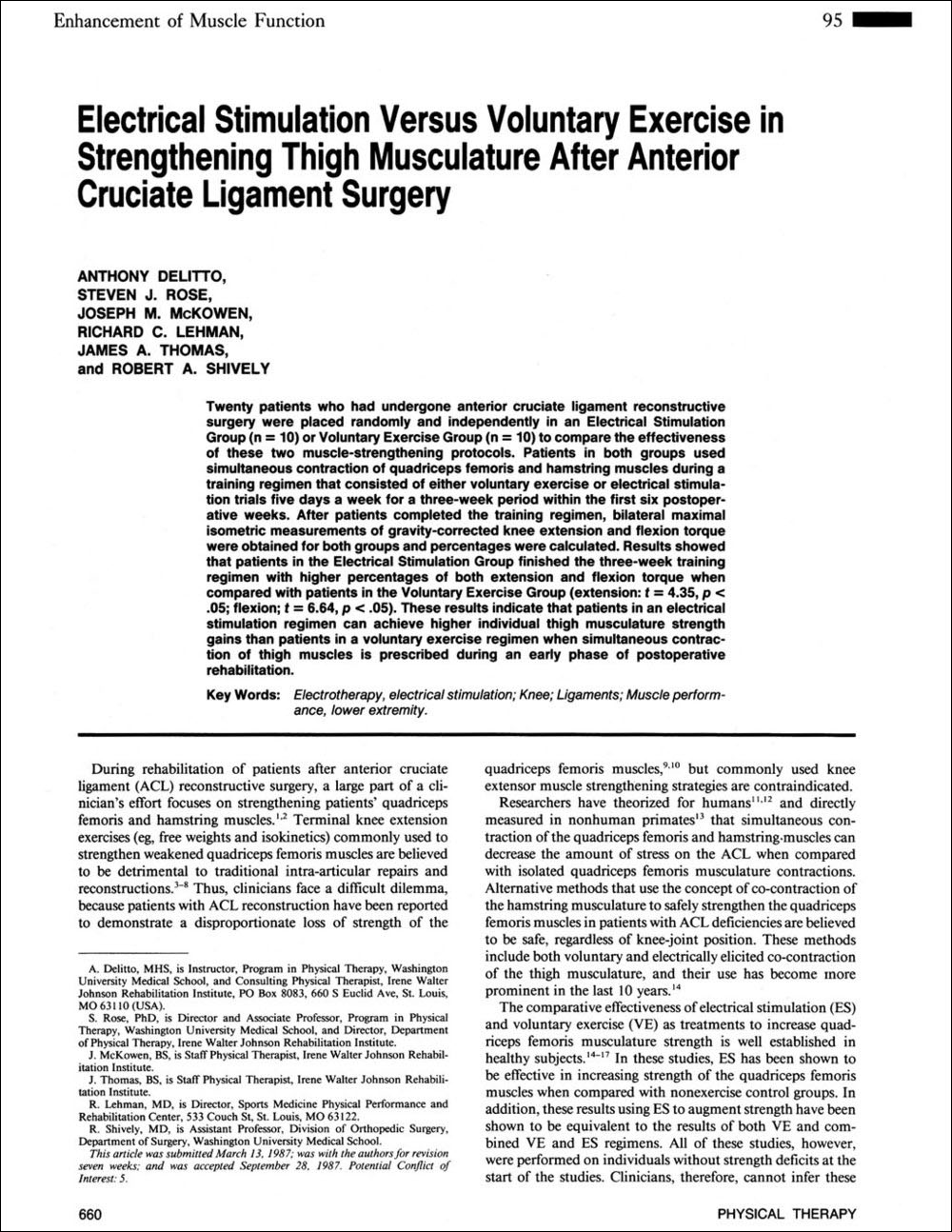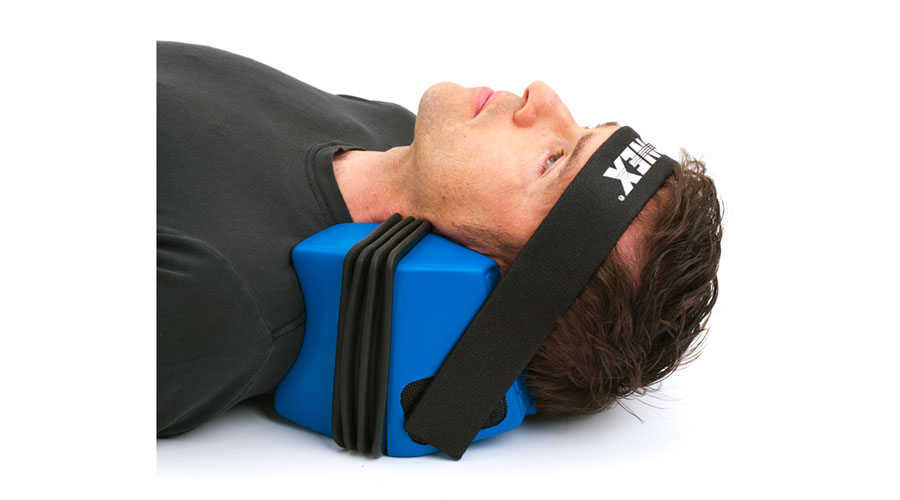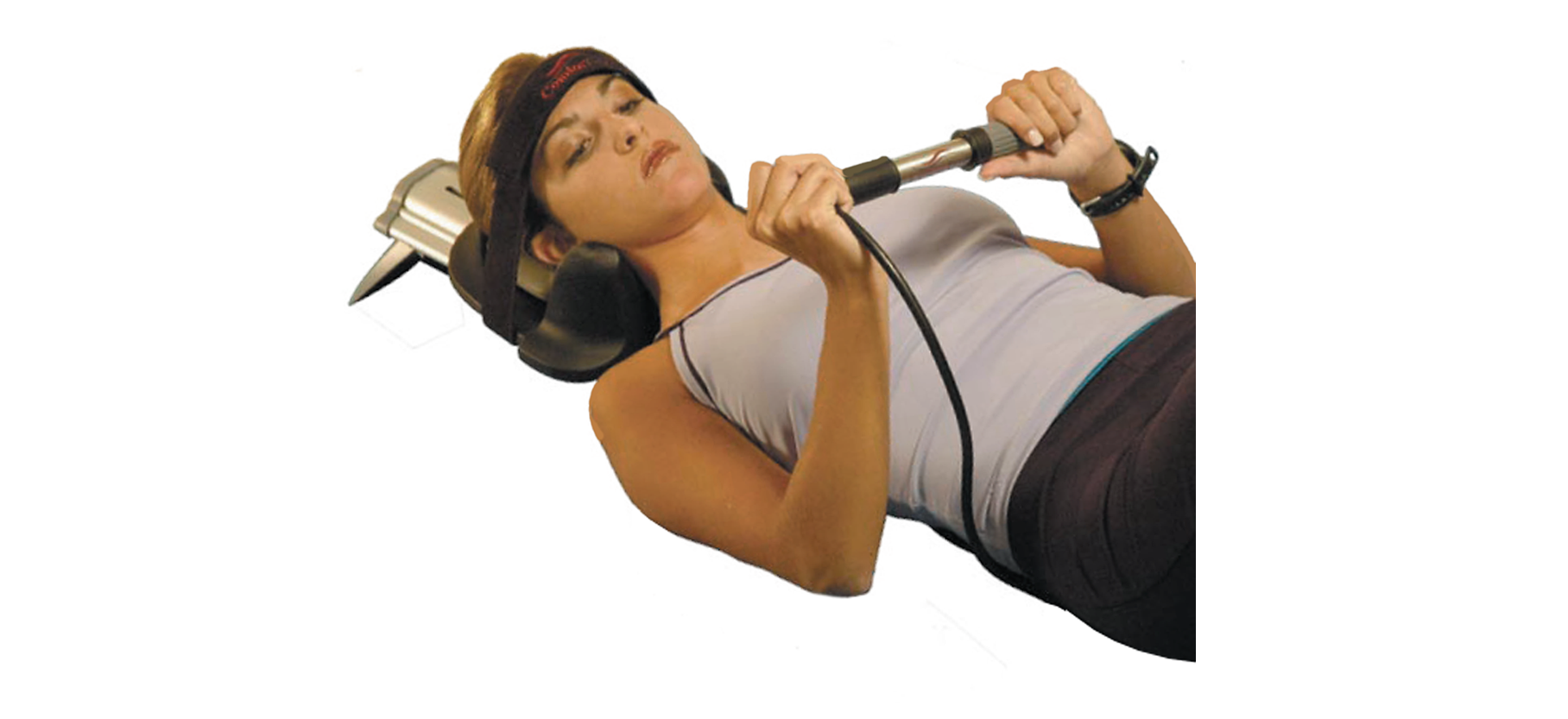The RS-4i® Plus – Your Non-Narcotic Pain Solution™
Chronic pain and musculoskeletal disorders are not resolved with a single treatment or modality. It takes a multi-disciplinary approach and several treatment options to adjunctively manage pain and improve function so that patients can get back to the normal activities of daily life.
Since 1990, RS Medical has helped over 1.5 million patients independently reduce pain and restore function with innovative therapies. Together, we can improve patient outcomes, advance the patient experience and reduce the cost of care.
“It’s important that we’re not putting patients on harmful medicines when they can use the RS-4i Plus.”
— Dr. Bill Owens, Associate Adjunct Professor at the State University of New York at Buffalo School of Medicine and Biomedical Sciences
Demystifying electrotherapy
The various forms of electrotherapy can get confusing. There are a lot of device manufacturers making a lot of claims. The same device category can include mechanisms of widely divergent function and efficacy.
A unit’s ability to overcome the skin resistance, and thus penetrate the soft tissue, depends on frequency and the principles of Ohm’s Law. Different manufacturers label their signals “low” or “high” frequency, but the label isn’t important. It’s the actual waveform frequency that is important to confirm.
Frequency Matters: TENS vs. NMES vs. Interferential
The most common type of electrotherapy device is a traditional transcutaneous electrical nerve stimulation (TENS) unit. TENS units deliver a low frequency, usually 50 Hz or less, alternating current waveform to a small area of the body, targeting subcutaneous nerves in order to alleviate pain. Typically, a TENS unit has two channels (two electrodes per channel) and may be worn 24 hours a day. Due to the waveform produced, common TENS units have a low capacity to overcome skin resistance. A TENS unit’s mechanism of action is the gate control theory of pain; the unit must therefore be worn in order to manage pain. When the unit is turned off, the pain returns.
Neuromuscular electrical stimulation (NMES) is different. NMES is a square, spiked, asymmetrical, biphasic waveform with a frequency of 71 Hz. Two electrodes per circuit are run in parallel, along contiguous muscle strands. It produces a stronger, wider electrical pulse that penetrates the dermal layer and targets the nerves within muscle tissue—the same nerves the brain uses to cause them to function. The NMES mechanism of action is the contraction of skeletal muscle that acts as a blood and lymphatic fluid pump. NMES devices cause the muscle to contract, thus strengthening, increasing circulation, and re-educating muscle tissue.
Interferential therapy uses 2 sets of signals, each set producing a different high frequency, to overcome skin resistance and reach deep enough to impact the source of pain. For instance, one set of signals might produce 4900 Hz and the other 5000 Hz. When these high frequencies cross deep within tissues, the current has a “beat frequency” of 100 Hz—ideal for pain relief deep within the tissue where it’s needed most, without the discomfort or pain direct high frequency stimulation would cause. The Interferential mechanism of action is the gate control theory of pain for immediate pain relief, plus the release of endogenous opiates for long-lasting pain management.
Premodulation
Most Interferential therapy require two sets of electrodes, each set producing a different frequency. These frequencies then cross deep within the body to provide optimum frequency for deep pain relief. However, in order to switch from pain relieving Interferential therapy to muscle stimulating NMES, you have to alter the position of the electrodes on the body. In fact, in most instances, you have to switch the device in order to switch waveform types.
Premodulation removes one barrier by enabling crossing of the frequencies within the device itself (pre-modulating them), versus having them cross within the body. Studies have shown that premodulated Interferential signals have the same clinical effect as the more conventional form.*
RS-4i Plus Sequential Stimulator
The RS-4i Plus combines premodulated Interferential therapy at 5000 Hz and NMES at 71 Hz in one device, uniquely providing both pain relief and muscle rehabilitation.
Intersperse: Muscle stimulation plus long-lasting pain relief in less treatment time
The RS Medical patented Intersperse technology, offered exclusively in the RS-4i Plus, delivers Interferential Therapy for pain relief and NMES for strengthening in a single ~30 minute treatment—no need to move electrodes or switch devices. During the relax period of the muscle stimulation, pain relief signals are delivered. It’s the best of both worlds in one seamless session—work the muscle, knock down the pain, repeat.
The real-world results – less pain, fewer medications, more and better living
RS Medical has developed a baseline patient assessment adapted from the Defense and Veterans Pain Rating Scale (DVPRS) that evaluates a patient’s pain, spasms related to activity, as well as sleep, mood, and stress prior to use of the RS-4i Plus.
Pre-programmed and customizable
The RS-4i Plus ships with 78 pre-programmed treatments that offer a variety of Interferential, NMES and Intersperse stimulation to meet patient needs. For ease of use, the last program used is the default program; once the preferred treatment is identified, re-use is as easy as ‘turn it on and turn it up.’ If you prefer to select treatment parameters, the device is customizable, allowing you to specify the waveform type, amplitude, and duration of each segment of the treatment. A customized program is saved to memory and can be set as the default program, making re-use easy.
Depending upon the nature and location of the patient’s pain, RS Medical provides the tools to easily aid your selection of one of the pre-programmed treatments. For example, if the patient has mechanical pain or is highly atrophied, a progressive Intersperse treatment program to increase muscle stimulation levels over time might be your preference. If the patient is experiencing muscle spasms and pain without movement, you might prefer a pre-programmed sequential stimulation treatment.
**This account summary of 31,820 RS-4i Plus Patient Assessments includes patient-reported data both before (Baseline) and after (21+ day follow-up) incorporating the use of the RS-4i Plus into their treatment protocol. Data was collected from patients by RS Medical representatives in person and over the phone. The Assessment questions used have been adapted from the Defense & Veterans Center for Integrative Pain Management (DVCIPM) Defense & Veterans Pain Rating Scale (DVPRS) and Supplementary Questionnaire.
Clinical evidence
Multiple clinical studies have demonstrated the efficacy of NMES and sequential stimulation in the treatment of various musculoskeletal conditions. Below are links to some of these studies.
Wearables to increase compliance
Placing electrodes on the on the shoulder and back can be challenging, especially for a patient who is in pain. Wearables make positioning electrodes easier because they don’t need to be placed one-by-one. Instead, electrodes are applied to the garment and can be reused for 30 days. To take a treatment, the patient simply puts the garment on, connects the device and starts a session. Wearables make it practical for the patient to take treatments independently, which helps promote better compliance and improved therapeutic outcomes.
One-on-one patient instruction
Individualized patient care is paramount to clinical success, especially when patients receive durable medical equipment intended to be used at home. RS Medical provides one-on-one patient instruction to every patient. This personal instruction helps produce a higher rate of compliance, a positive product experience and better clinical outcomes without burdening your medical staff.
RS Medical’s patient instruction sessions include:
Product customization to the patient’s clinical diagnosis and body shape.
Demonstration of how to use the product, including setup and battery charging.
A summary of the clinical benefits of using the product.
For stimulators: common electrode pad placement guidance, pad care tips and resupply instructions.
Further, any additional questions about the device, wearables, usage, warranty and the like may be directed to and handled by RS Medical Customer Service, not by your medical staff.
Ease cervical pain and relax tense muscles with traction
Cervical traction gently stretches and releases muscles, reduces muscle spasm, and improves range of motion and flexibility. Blood vessels compressed by rigid muscles are allowed to relax, enabling blood flow and lymphatic circulation to return to the affected area.
RS Medical manufactures Pronex™, a unique cervical traction device that supports the natural curvature of the cervical spine, gently stretches soft tissue and provides an even distraction in the anterior and posterior cervical discs for the management of chronic cervical pain. In addition to cervical musculature, Pronex can provide a stretch that extends into the suboccipital muscles, the muscles that extend to the front of the skull, and down to the trapezius and thoracic areas. This stretch and release may help to relieve several conditions associated with cervical neck pain such as headache, TMJ and back pain.
Comfortrac™ is also available from RS Medical for patients requiring traction force up to 50 lbs. This comfortable, easy-to-use device delivers precise traction with a gauged hand pump and easily adjustable slide stand for targeted relief of chronic cervical pain.
Request a Product Demonstration
Please fill out the form below and a local account rep will be in touch shortly to schedule your meeting. Depending on your preference, this can take place either virtually or in person.





